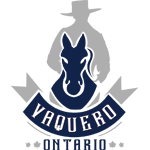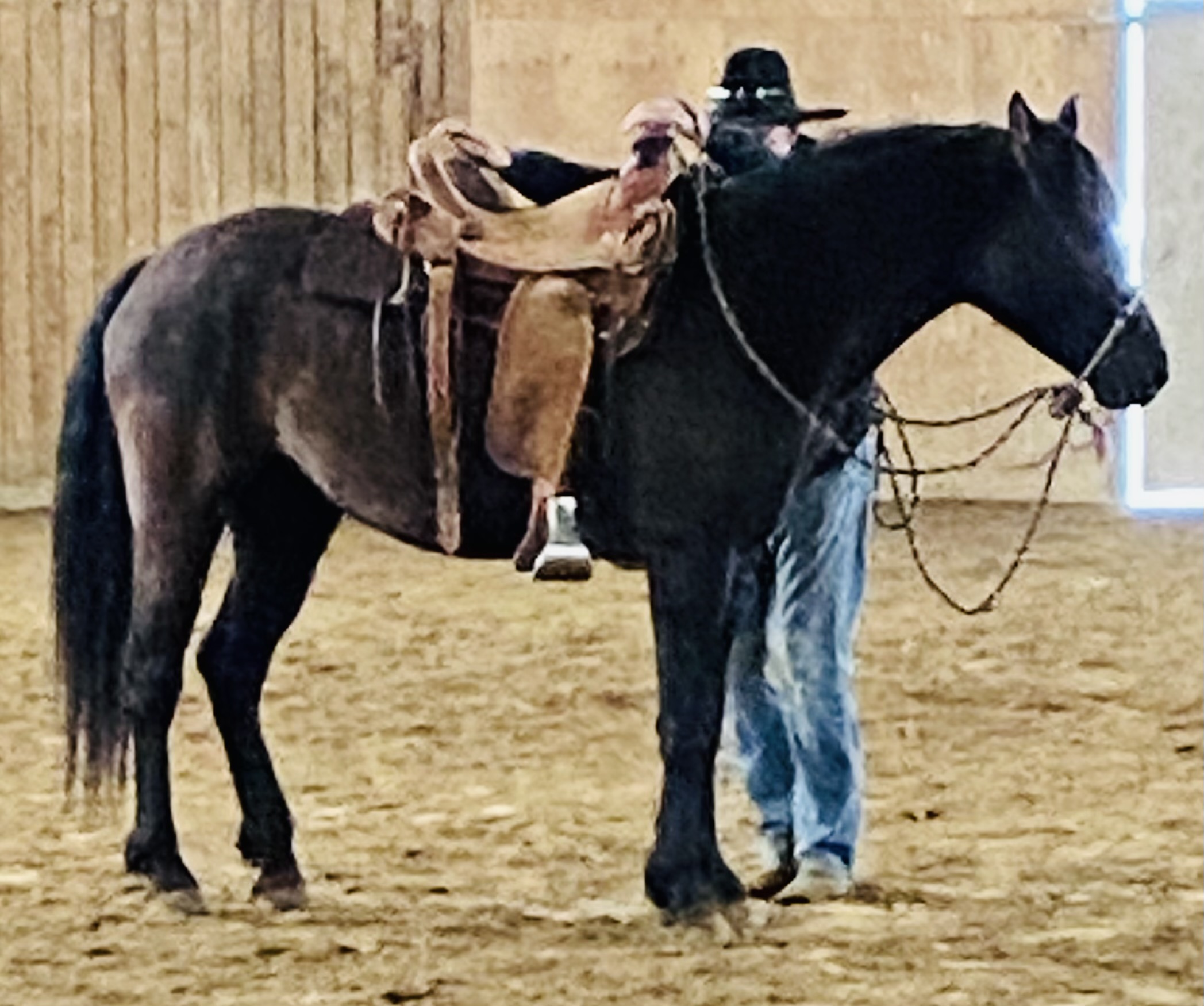In the wide, wandering world of horsemanship, you’ll find a crowded landscape of clinicians, each with their own philosophies, disciplines, and convictions about the “right” way to work with a horse. Some lean heavily into specific disciplines—reining, dressage, liberty work—while others dedicate their lives to problem solving or behavioral modification. Every clinician, regardless of fame or following, has something to offer. And paradoxically, perhaps nothing at all.
Like martial arts, horsemanship isn’t about collecting techniques. It’s about refining your understanding of a deeper conversation. Bruce Lee famously said, “Absorb what is useful, discard what is not, add what is uniquely your own.”That quote has echoed in my mind time and again throughout my journey. I’ve been fortunate—blessed, really—to have been around some truly remarkable horsemen. Each one left a fingerprint on my understanding. But I remain, perhaps necessarily, skeptical.
Skepticism isn’t cynicism. It’s curiosity with a filter. I’ve learned to listen with respect, observe with care, and then test every idea against one uncompromising reality: Does it serve the horse?
From my humble experience, all the theory in the world boils down to two simple principles—two compass points I return to no matter the horse, discipline, or clinician:
- Do No Harm.
This isn’t just physical. It’s emotional and psychological. Horses are prey animals with finely tuned nervous systems. They remember how we make them feel far longer than they remember what we try to make them do. Good horsemanship should never be about domination or suppression—it’s about empathy, timing, and subtlety. If a horse comes away from a session more confused, tense, or afraid, then something’s gone wrong. It’s not always dramatic; sometimes harm is done in the silence of misunderstanding. - Never Force—Set It Up So the Horse Can Find the Answer.
You don’t teach by demanding—you invite by guiding. When a horse “gets it,” it’s not because you shouted louder or kicked harder. It’s because you asked in a way the horse could understand. Good horsemanship is about setting up the question so clearly that the horse almost wants to get it right. And when they get close—on a spectrum, on a Likert scale, even a whisper toward the right direction—we should reward that effort. Build from there. The mistake is often not in the horse’s response, but in the way the question was asked.
If the horse is confused or resistant, we have to look inward:
- Was my timing off?
- Was my ask unclear?
- Was the environment too distracting or stressful?
- And most importantly: What was in it for the horse? Why should he care?
Horsemanship, at its best, is a conversation where we do less and mean more. It’s never a one-way street. The best horsemen I’ve been around never imposed answers—they created a space where the horse could discover them.
In an age where opinions fly faster than reins, and every clinician has their branded method, it’s easy to get lost in the noise. But if we return to those two principles—do no harm and never force—we have a foundation that transcends methods, disciplines, and trends.
Because in the end, the horse doesn’t care what clinician we follow or what clinic we attended last weekend. The horse only knows how we made them feel—and whether we helped them find peace in the pressure.

